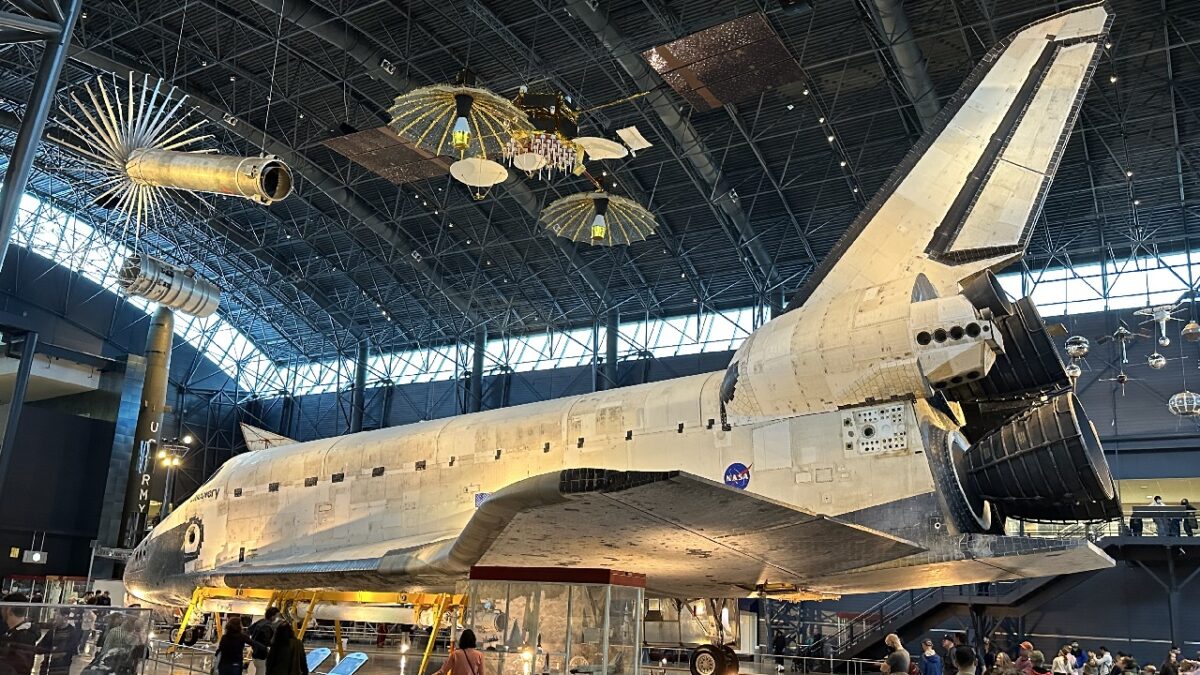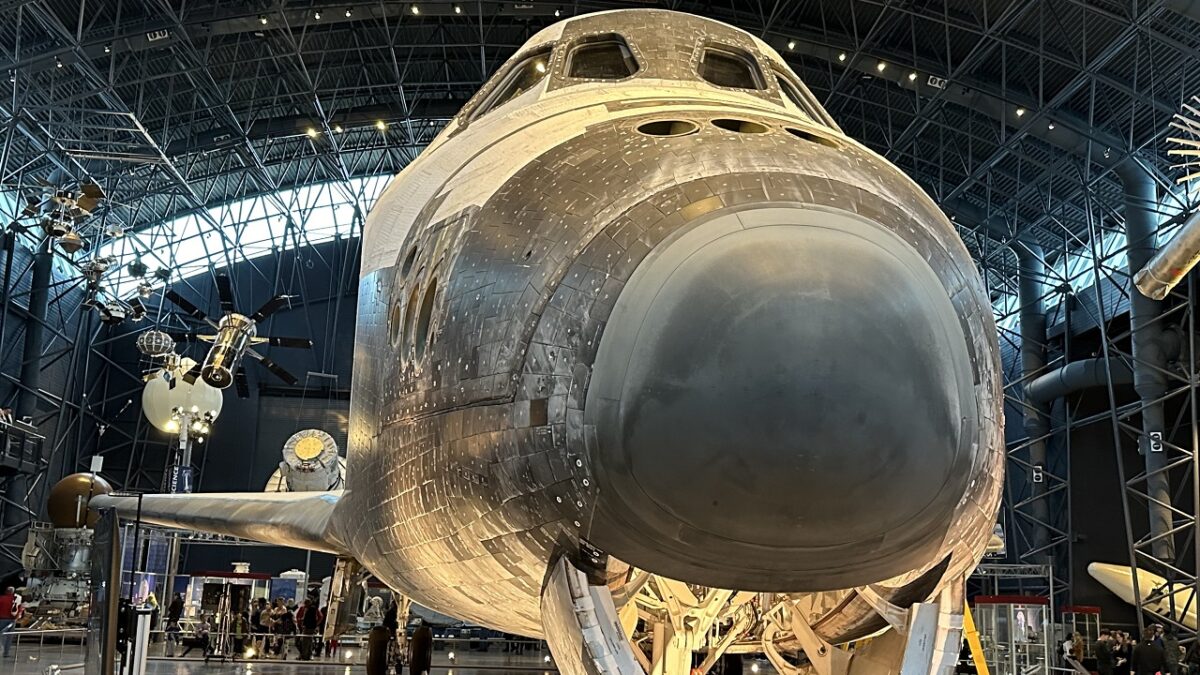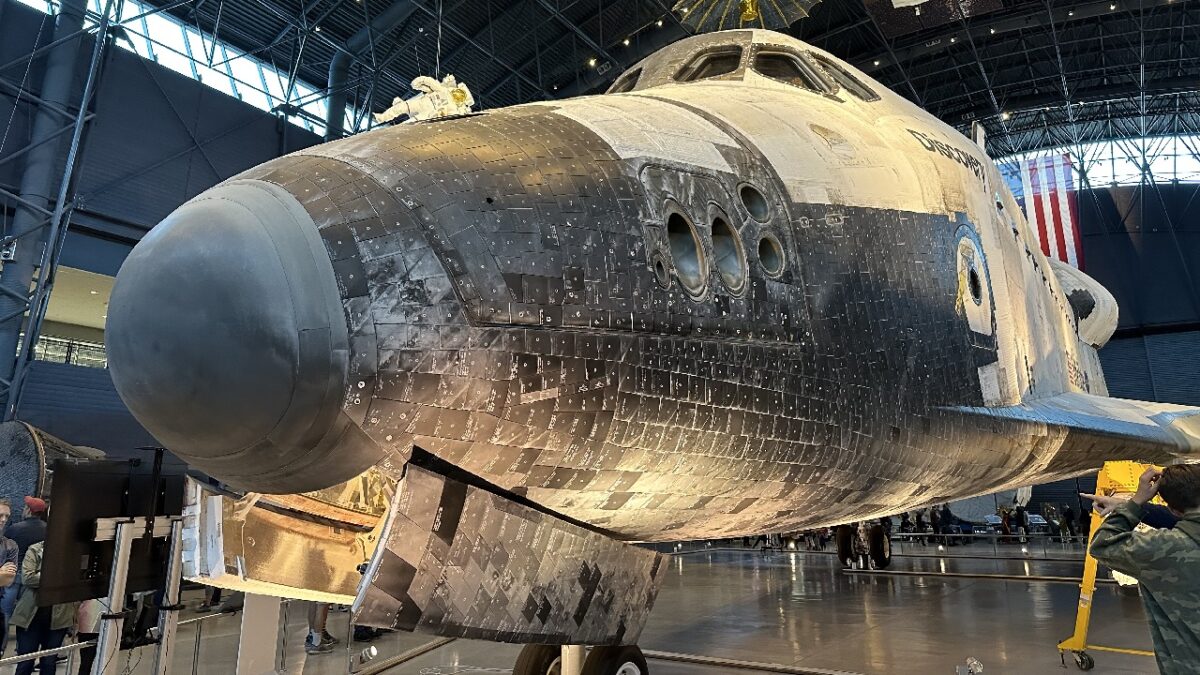The Retirement of Space Shuttle Discovery (OV-103): Space Shuttle Discovery, designated as Orbiter Vehicle-103 (OV-103), recently bid farewell to its illustrious career as the first operational space shuttle to be retired from NASA’s service. This iconic spacecraft, known for its remarkable contributions, concluded its remarkable journey after an impressive 27 years of dedicated service. As the third operational orbiter following Columbia and Challenger, Space Shuttle Discovery achieved an astonishing 39 launches and landings, securing its place in history as the spacecraft with the highest number of spaceflights at the time.
During its final mission, Discovery had traversed a staggering 149 million miles (238 million km) across 39 missions, completed 5,830 orbits, and accumulated 365 days in orbit over its remarkable 27-year tenure. Discovery not only undertook every mission type during the space shuttle era but also boasted a record of significant milestones. One such achievement was carrying Judith Resnik, who became the second American woman in space, on its inaugural mission on August 30, 1984.

Moreover, Discovery hosted a total of 251 crew members, a remarkable feat that surpassed any other Orbiter Vehicle. Among those who served on this iconic shuttle were notable figures like Charles Walker, a McDonnell Douglas engineer who became the first “non-astronaut” to fly on a space shuttle, and Senators Jake Garn and John Glenn. Frederick Gregory, who later became NASA’s Acting Administrator in 2005, commanded Discovery as the first African American Space Shuttle commander. Additionally, Discovery saw pioneering women take the helm, including Eileen Collins and Pamela Melroy.
Notable Missions and Achievements:
Discovery’s missions encompassed a wide range of endeavors, including satellite deliveries and retrievals, Department of Defense missions, scientific explorations, Hubble Space Telescope missions, rendezvous with the Mir space station, space station assembly, crew exchanges, and resupply missions.

Over its 27 years of service, Discovery embarked on eight communications satellite delivery missions, four classified Department of Defense (DoD) missions, and nine missions carrying scientific labs, instruments, and probes as its primary payloads. Furthermore, the shuttle played a pivotal role in three Hubble Space Telescope missions and conducted two missions, including the final shuttle docking, with the Russian space station Mir. Notably, Discovery also achieved the historic milestone of the first docking with the International Space Station (ISS) in 1999, initiating a series of thirteen flights to the space station.
Discovery stood as the “Return-to-Flight” vehicle following the Challenger and Columbia tragedies. It played a crucial role in the STS-26 mission in 1988, marking the return to shuttle flights after the Challenger disaster. Additionally, Discovery carried the STS-114 crew on NASA’s Return to Flight mission to the International Space Station in July 2005, reaffirming its resilience and importance to space exploration.
Retirement and Legacy:

On March 9, 2011, the venerable Discovery was officially decommissioned, opening a new chapter in its storied history. It was generously offered to the Smithsonian Institution’s National Air and Space Museum for public display and preservation. After a meticulous decontamination process, the shuttle found its new home at the Steven F. Udvar-Hazy Center in Virginia, replacing the Space Shuttle Enterprise. A poignant welcome ceremony on April 19, 2012, marked the craft’s “final wheels stop,” and today, Discovery stands as a symbol of human ingenuity and achievement, on permanent display for all to admire.
As we bid farewell to Discovery and its sister shuttles, Endeavor and Atlantis, the space shuttle program may have concluded, but the enduring legacy of these remarkable spacecraft lives on. Their contributions have paved the way for the development of innovative spacecraft like the X-37B and other experimental vehicles, continuing the spirit of exploration and discovery that defined the era of the Space Shuttles.





